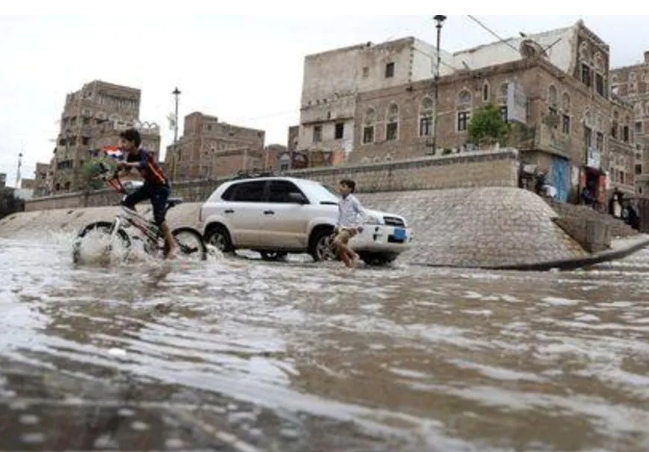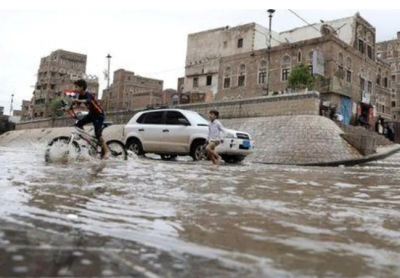Houthi rebels and the Yemeni government are engaged in a currency war, emerging as a new front in the bloody conflict that threatens to complicate life for residents facing the world's worst humanitarian crisis for years, according to a report by Agence France-Presse.
The warring parties continued to use the same currency until the end of 2019, when the rebels banned the circulation of new banknotes printed in Aden (south), where the government is currently based, in the areas they control in northern Yemen. This resulted in the accumulation of these banknotes in government-controlled areas, leading to an unprecedented collapse in the value of the rial in these regions.
In recent weeks, the exchange rate reached its lowest level ever, exceeding 1,000 rials to one dollar in government-controlled areas, while remaining stable at around 600 rials to the dollar in Houthi-controlled regions. Aman Nasser, a researcher at the Sana'a Center for Strategic Studies, stated, "There is a different exchange rate for the same currency, and from an economic standpoint, this is unusual."
According to testimonies from several residents in the north and south, this gap has complicated financial transfers between Houthi regions and those controlled by the government, in a country where millions face the risk of major famine.
For nearly seven years, the Houthis have controlled the majority of northern Yemen, one of the poorest countries in the Arabian Peninsula, including the capital Sana'a, while the government administers areas in the south, including the city of Aden, its temporary headquarters. The conflict has resulted in the deaths of tens of thousands in Yemen since 2014, according to various humanitarian organizations. More than two-thirds of the country's population of 30 million now rely on international aid.
Fighting between the internationally recognized government forces supported by Saudi Arabia and the Iran-aligned rebels has led to the destruction of schools, factories, hospitals, and businesses, with reports of child recruitment for warfare, and hundreds of thousands have lost their livelihoods. The United Nations Development Program warned in March that famine could become "a part of Yemen's reality" in 2021.
The government transferred the central bank from Sana'a to Aden in 2016, nearly two years after the Houthis seized control of the capital. In light of the recent decline in the exchange rate, the government announced in early August that it was working to gradually withdraw the new banknotes that the Houthis had banned. However, it simultaneously began to circulate other banknotes that it claimed were old.
Economic expert and advisor at the central bank in Aden, Waheed Al-Fawdai, noted that these "old" currencies were taken from the bank's reserves, although experts raised questions about whether they had been printed recently. The rebels quickly accused the government of printing these banknotes in 2021, promptly banning them and instructing residents to identify the "fake" notes.
They also recently accused the Russian company "Goznak" of having printed, in June 2021, a large quantity of "counterfeit money," particularly the 1,000 rial denomination, allegedly in collusion with the central bank in Aden. Neither the central bank in Aden nor "Goznak" responded to Agence France-Presse’s request for comment.
Amid this "currency war," some are taking advantage of the situation to profit from black market exchanges, further driving the rial towards deterioration.




